You're all invited to Cecil Beaton's Garden Party
'The space given over to 'Cecil Beaton’s Garden Party' at the Garden Museum is smaller than Beaton’s own drawing room, but its intimacy is its trump card.'
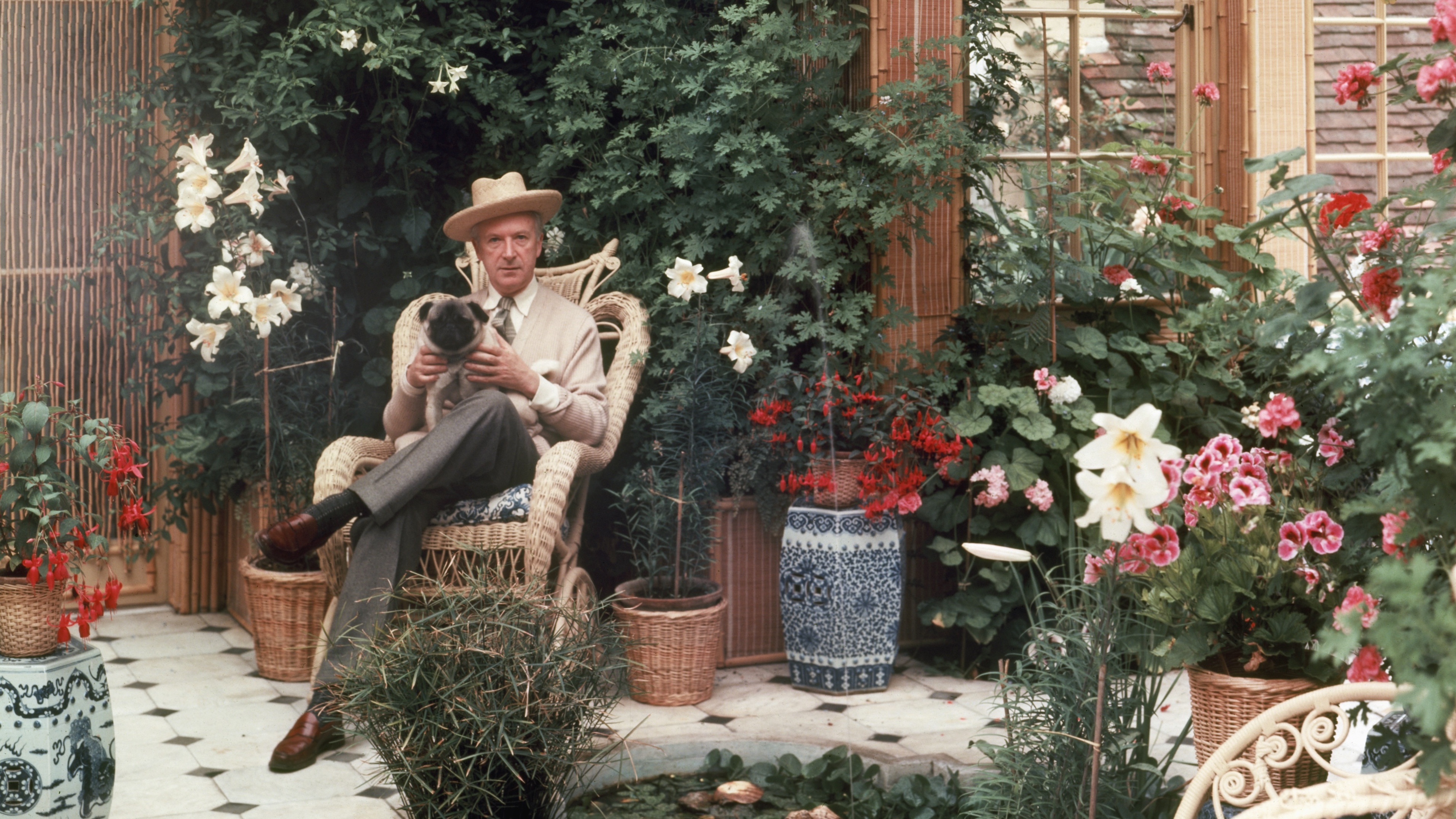

In 1937, society photographer Cecil Beaton (1904–1980) threw the party of his life. Three hundred guests arrived in masks and costumes for his fête champêtre garden party at his country pile in Cranborne Chase, Wiltshire. Birdcages hung in the topiary, swags of roses filled his studio and garlands of paper flowers festooned the house and garden. Beaton greeted guests wearing a pink corduroy frock coat he had designed himself, decorated with chiffon roses, tufted leaves and broken eggshells. It was a year after London’s International Surrealist Exhibition — and Beaton was in thrall to the Surrealists. Salvador Dalí even sourced him a rabbit mask to complete his outfit.
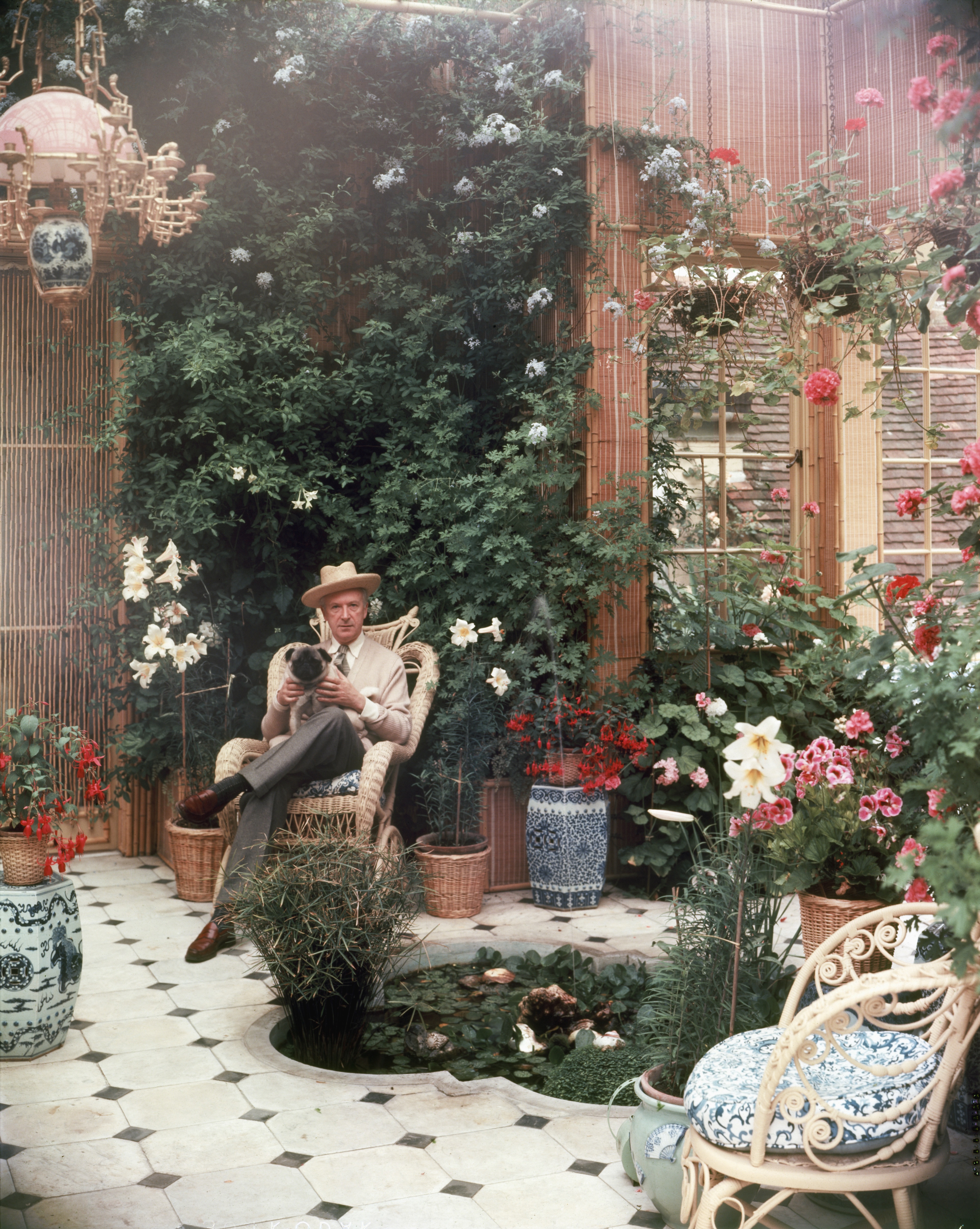
A self portrait, taken in the 1960s.
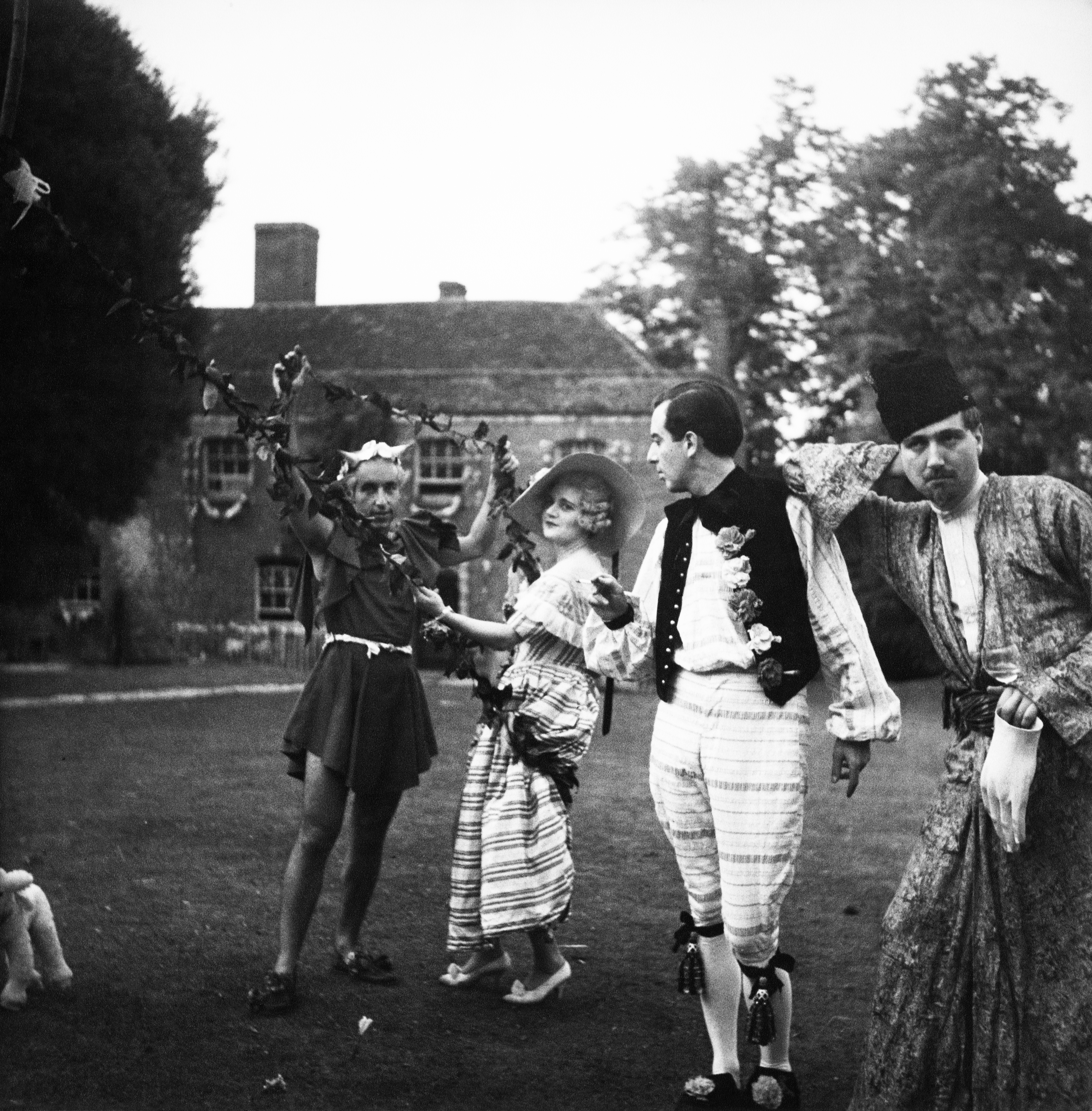
People in costume at Cecil Beaton’s Ashcombe House for the Fête Champêtre — photographed by Beaton.
Beaton studied at Cambridge in the 1920s; he left without a degree, but with an address book bursting with Bright Young Things. By the time of his party his photographs were appearing in Vogue on both sides of the Atlantic and he was soon to be appointed official court photographer to the Royal Family. But, as this small yet illuminating exhibition reveals, there was far more to Beaton than his photographic eye.
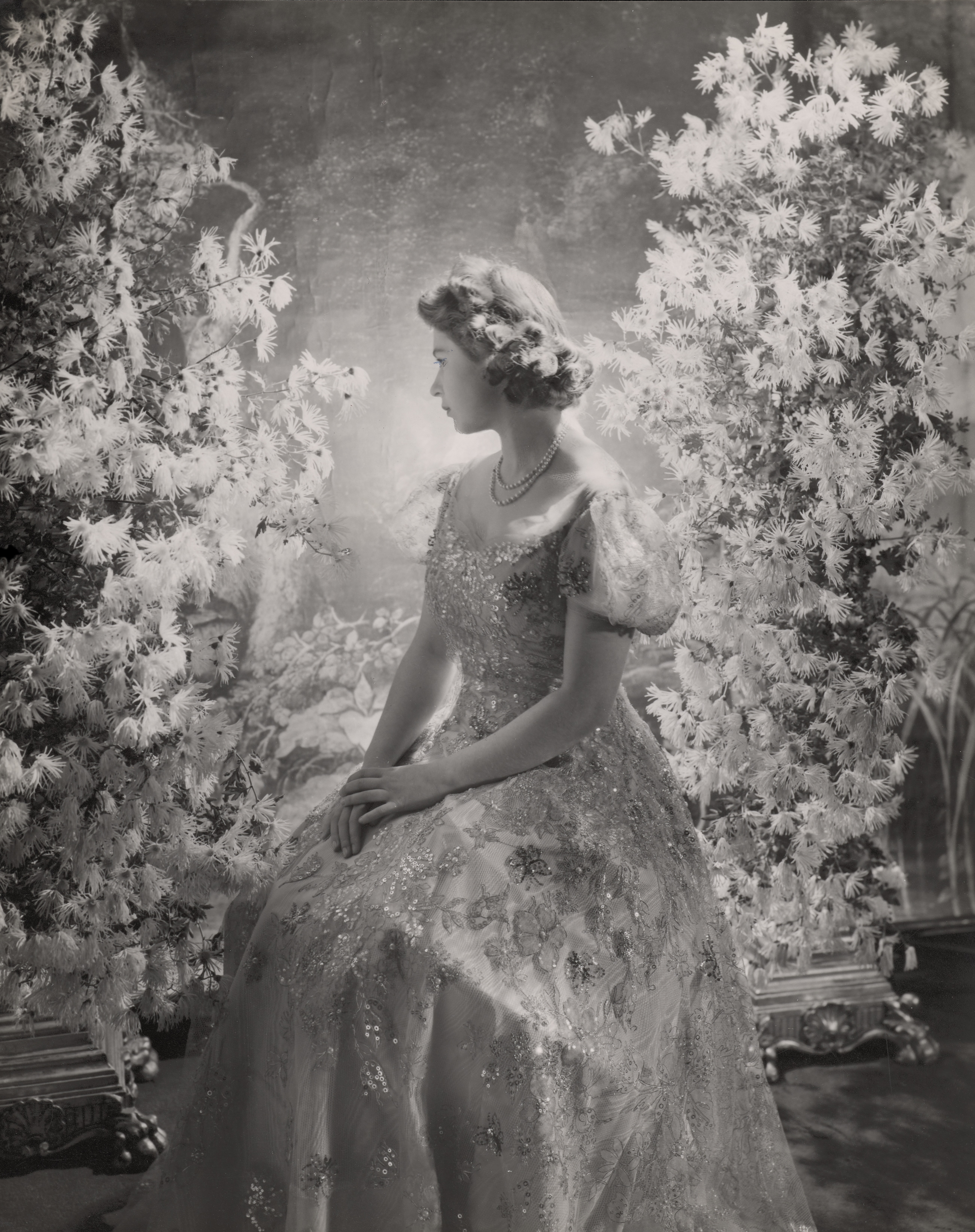
A royal Portrait of Princess Elizabeth (later Queen Elizabeth II) taken at Buckingham Palace in 1945.
The space given over to Cecil Beaton’s Garden Party at the Garden Museum is smaller than Beaton’s own drawing room, but its intimacy is its trump card. For it is as if we have stepped inside one of his photographs and entered his personal world. The interior is germolene pink, every display case is skirted in floral fabric and painted roses climb the walls. There’s tinfoil behind photographic displays and fake flowers everywhere. The result is over-the-top and theatrical, a chintzy camp spectacle, which makes it a fitting tribute to the waspish Beaton and his enduring love of all things floral.
If the exhibition occasionally takes a wrong turn — presenting his official war photographs in evacuees’ suitcases complete with shiny cellophane and everlasting lilies — then so too did Beaton. He was sacked from American Vogue for antisemitism as the Second World War loomed. His career threatened to sink without trace before a royal life ring was thrown in the shape of a floral photo shoot with Queen Elizabeth (later Queen Elizabeth the Queen Mother).
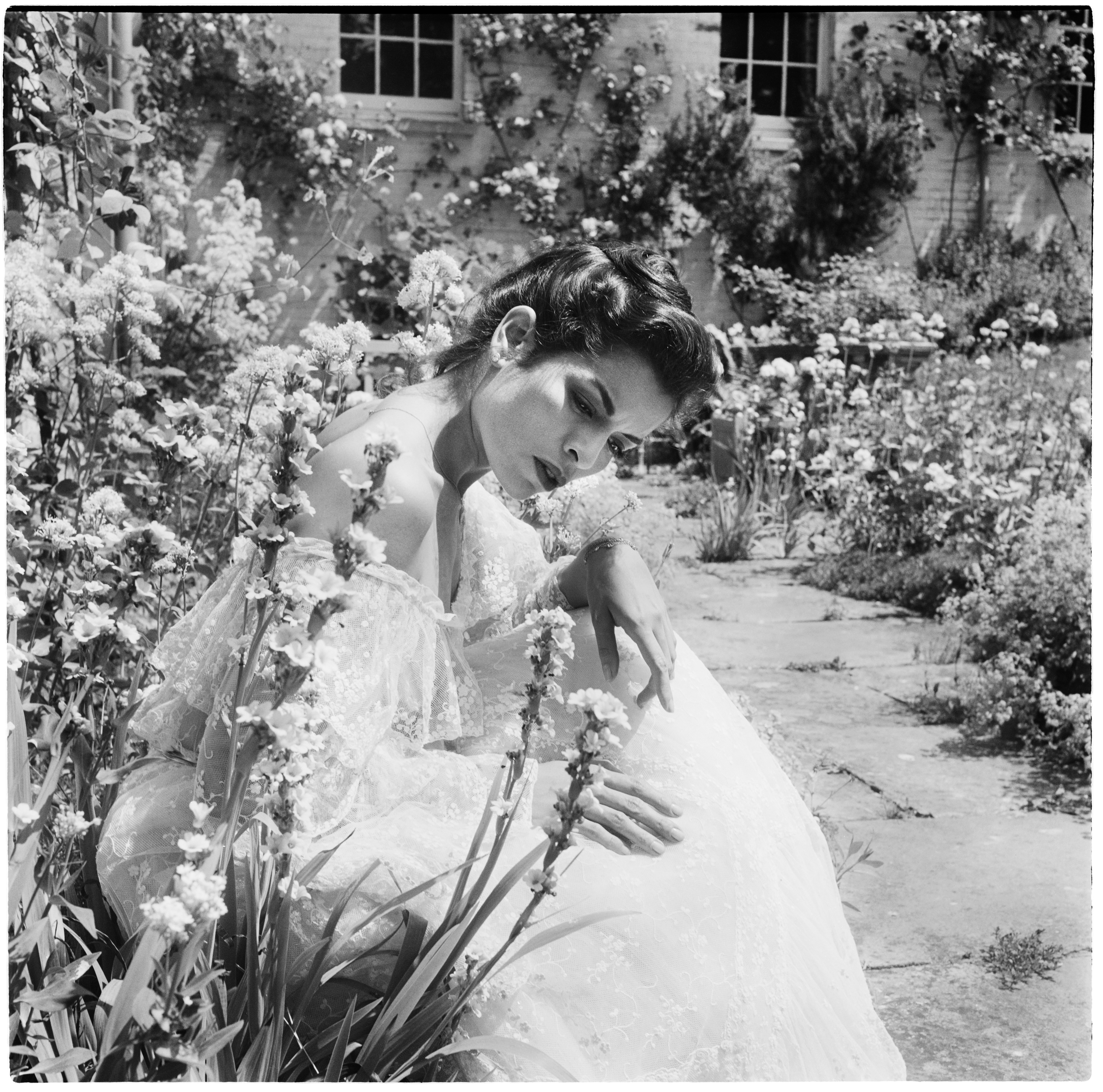
Beaton photographed Bianca Jagger in 1978 — the same year she separated from Mick.
For a retrospective of Beaton’s photographs you will have to wait for the National Portrait Gallery’s Cecil Beaton’s Fashionable World this autumn. Instead the Garden Museum’s exhibition offers an intimate portrait of Beaton for whom flowers were an enduring creative inspiration. Loosely chronological, it maps his life at his two country homes, Ashcombe House and later Reddish House in Broad Chalke, where he moved after the war (Country Life photographed the interior for the March 28, 1957 issue).
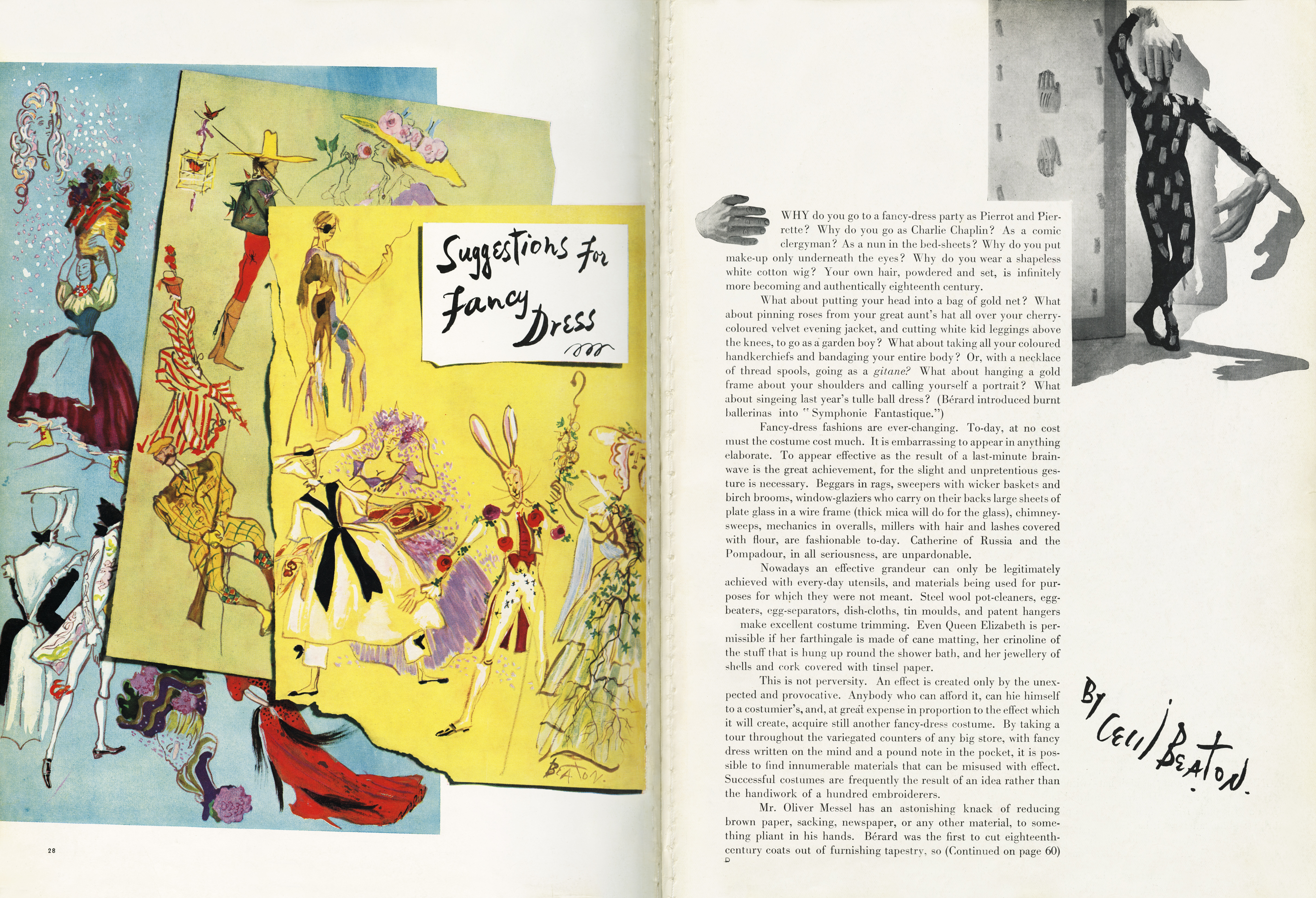
''Suggestions for Fancy Dress' by Cecil Beaton appeared inside a 1937 edition of British Vogue.
We can peek in his diaries, read letters to and from friends about his garden plans and contemplate his still-life paintings of nasturtiums and roses. It also brings to the fore sketches of floral costumes for the ballets and musicals he designed, including his work on My Fair Lady (both stage and screen). He won an Academy Award for best costume design and his Oscar is included next to Audrey Hepburn’s congratulatory letter: ‘Just to say how happy happy happy happy happy I am that you received your Oscar. I wish you could have heard the applause.’
‘Cecil Beaton’s Garden Party’ is open now until September 21; admission from £15
Exquisite houses, the beauty of Nature, and how to get the most from your life, straight to your inbox.

Charlotte Mullins is an art critic, writer and broadcaster. Her latest book, The Art Isles: A 15,000 year story of art in the British Isles, will be published by Yale University Press in October 2025.
-
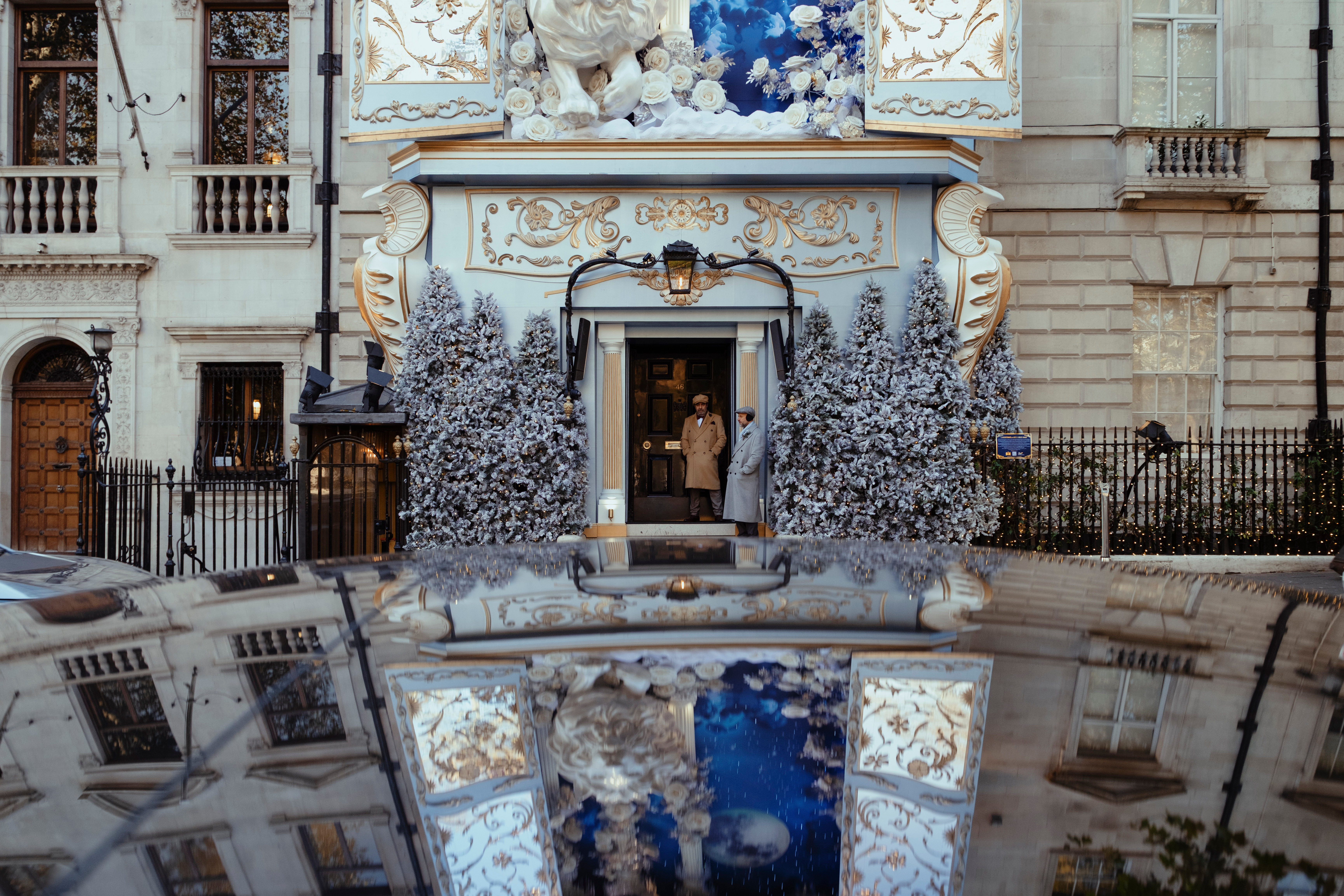 What on earth is the person who comes up with Annabel's otherworldly facade displays on? London's most magical Christmas shop displays
What on earth is the person who comes up with Annabel's otherworldly facade displays on? London's most magical Christmas shop displaysPhotographs by Greg Funnell.
-
 What trees taught me about perfect planting — Alan Titchmarsh
What trees taught me about perfect planting — Alan TitchmarshSense and patience is key to growing healthy trees, as a certain Mr Mackenzie showed a young Alan Titchmarsh
-
 Sophia Money-Coutts: A snob's guide to meeting your in-laws for the first time
Sophia Money-Coutts: A snob's guide to meeting your in-laws for the first timeThere's little more daunting than meeting your (future) in-laws for the first time. Here's how to make the right kind of impression.
-
 This machine is what happens when the Rolls-Royce of motorbikes and the most innovative of watchmakers join forces
This machine is what happens when the Rolls-Royce of motorbikes and the most innovative of watchmakers join forcesBrough Superior and Richard Mille, two brands renowned for perfection, have created something that is exactly that.
-
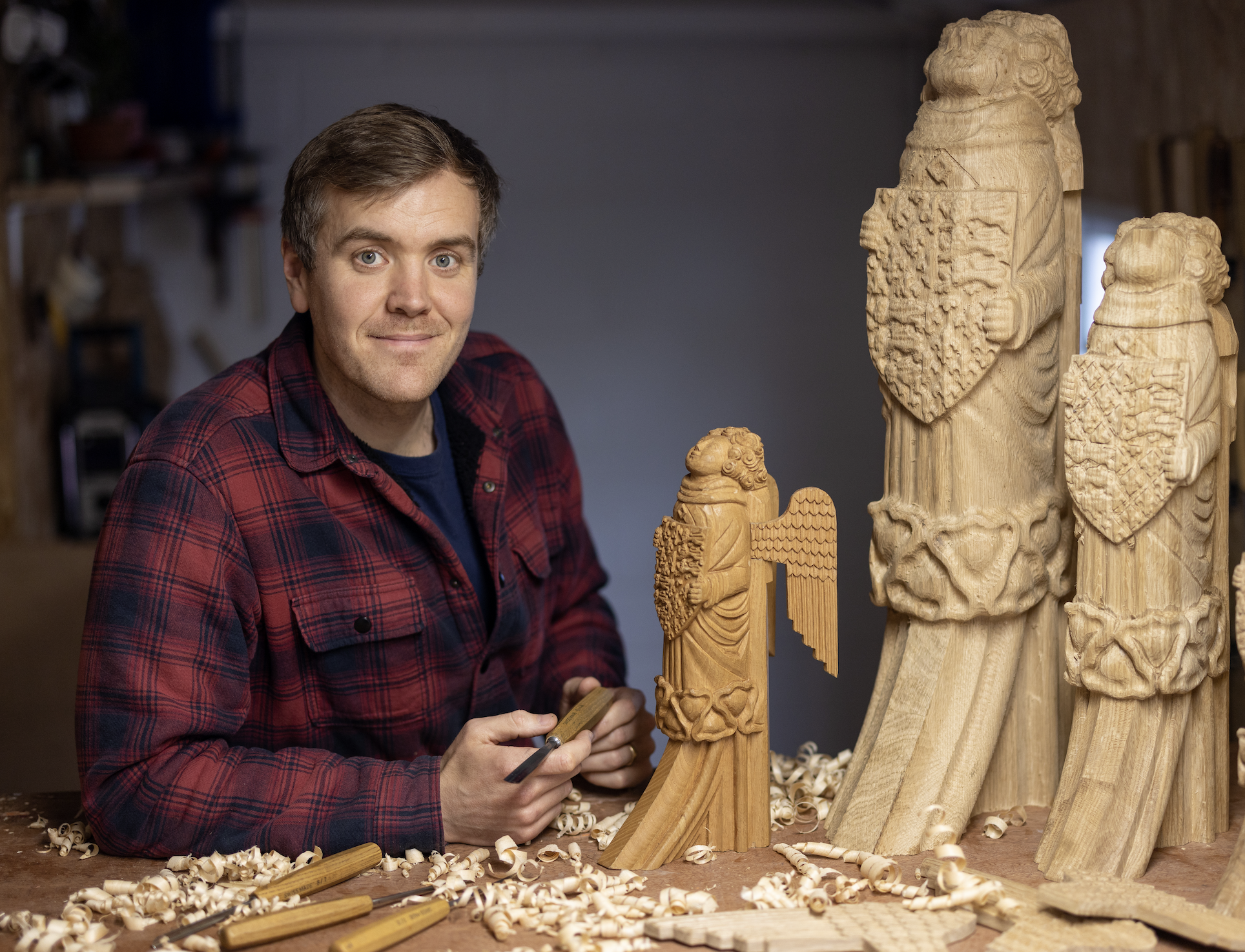 ‘Each one is different depending on what mood I’m in, how I'm feeling and how my energy is’ — meet the carver behind Westminster Hall's angel statues
‘Each one is different depending on what mood I’m in, how I'm feeling and how my energy is’ — meet the carver behind Westminster Hall's angel statuesBespoke woodcarver William Barsley makes unique scale replicas of the angels that gaze over Westminster Hall, the oldest part of the palace of Westminster.
-
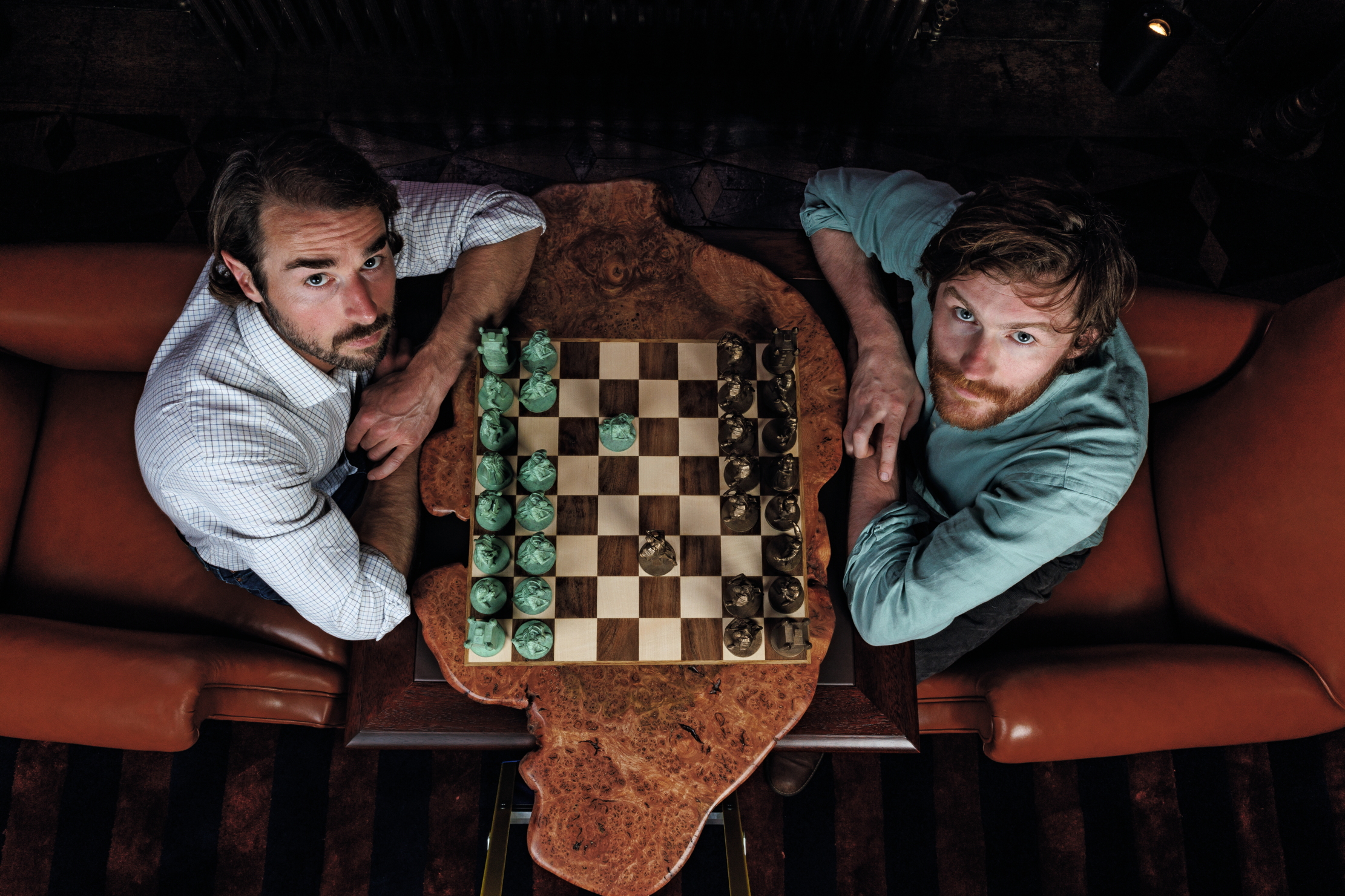 If chess is 'the supreme board game', then it deserves to be played on boards like these
If chess is 'the supreme board game', then it deserves to be played on boards like theseChess sets and backgammon boards are a familiar sight on drawing-room tables, but one expert Highland woodworker is refashioning their forms in beautiful new ways.
-
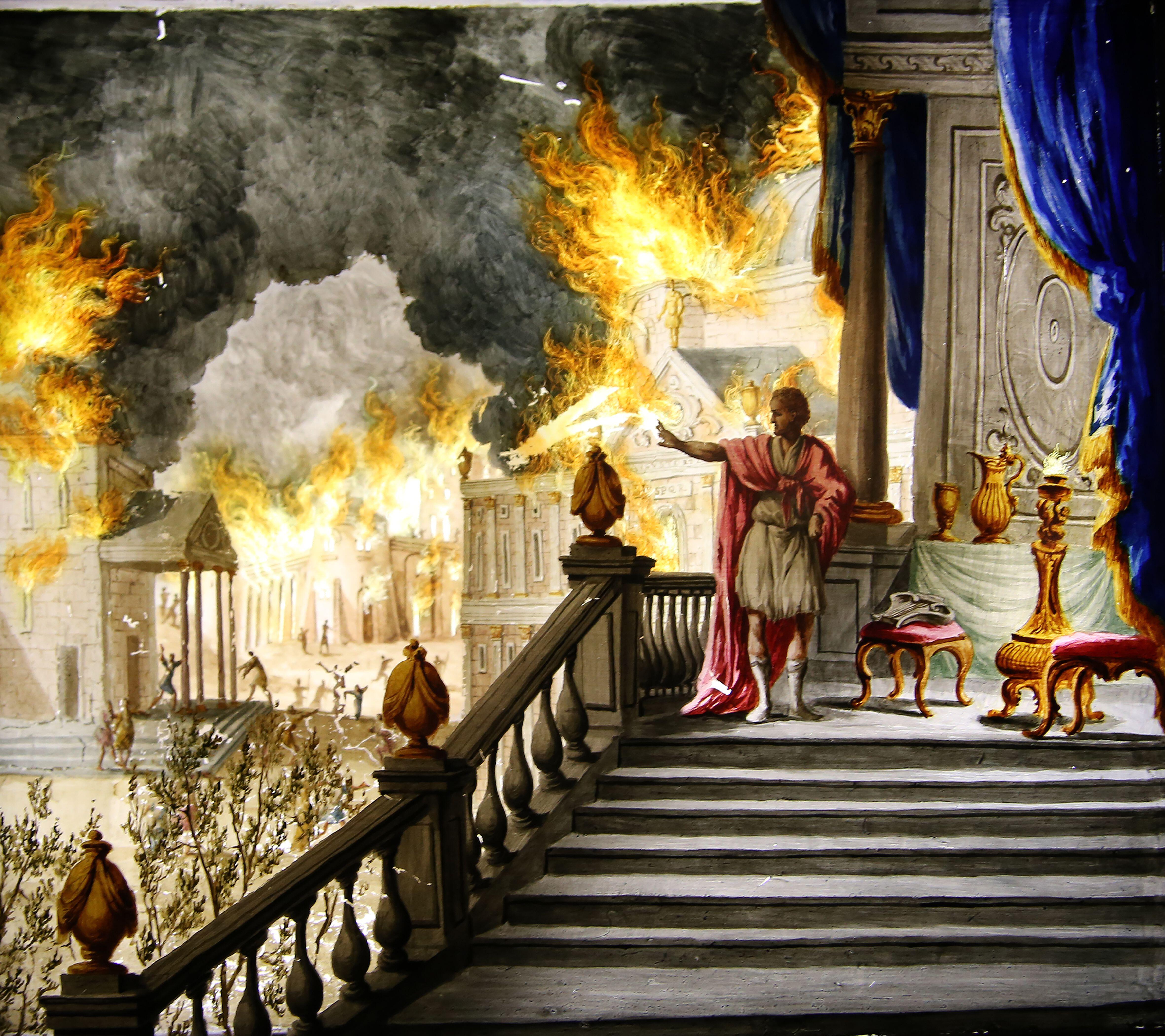 What is everyone talking about this week: Thanks to modern-day technology, people were far happier in the days when Nero was setting Rome ablaze
What is everyone talking about this week: Thanks to modern-day technology, people were far happier in the days when Nero was setting Rome ablazeWas the ancient world's superior happiness down to its ‘superior production of art’?
-
 A slick looking off-roader that's a far cry from its rustic rural roots — Volvo EX30 Cross Country
A slick looking off-roader that's a far cry from its rustic rural roots — Volvo EX30 Cross CountryThe latest iteration of Volvo's Cross Country is flashy, fast and stylish. But is that what a Volvo Cross Country is supposed to be?
-
 ‘I cannot bring myself to believe that Emily Brontë would be turning over in her grave at the idea of Jacob Elordi tightening breathless Barbie’s corset’: In defence of radical adaptations
‘I cannot bring myself to believe that Emily Brontë would be turning over in her grave at the idea of Jacob Elordi tightening breathless Barbie’s corset’: In defence of radical adaptationsA trailer for the upcoming adaptation of 'Wuthering Heights' has left half of Britain clutching their pearls. What's the fuss, questions Laura Kay, who argues in defence of radical adaptations of classic literature.
-
 Mark Gatiss: ‘BBC Two turned down The League of Gentlemen six times’
Mark Gatiss: ‘BBC Two turned down The League of Gentlemen six times’The actor and writer tells Lotte Brundle about his latest Christmas ghost story, discovering Benedict Cumberbatch — and his consuming passions.